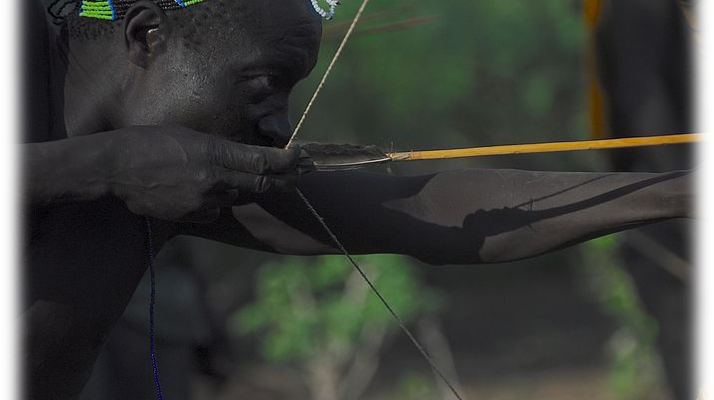ABOUT INTERACT
- INTERACT DIRECTORY
COMMUNITY
TAKE ACTION

Indigenous: Is connected to the ethnic or racial background a person has. Indigenous also means “native to the area”. Considering that our diversity is so broad, no single definition of indigenous people can fully capture this diversity. Indigenous people themselves do not believe a definition is necessary, and fear this may cause exclusion of some groups.
The framework of the United Nations is helpful to see the different groups this Activity Box applies to.
Contribution:
International endorsement:
International Labour Organisation (ILO) Convention No. 169
Self-identification as indigenous or tribal is recognized as fundamental, often combined with other variables such as “language spoken,” and “geographic location or concentration.” This concept is increasingly accepted as fundamental. (49).
UNESCO international charter of physical education, physical activity and Sport
All forms of physical education, physical activity and Sport must be protected from abuse. This means limiting potential harm to the more vulnerable groups in society, one of them indigenous people.
Tailored programmes with a local approach and with the involvement of community leaders
Understand and respect traditions and principles of the indigenous cosmovision.
Ideas for events
Other tips
Indigenous Community Engagement
(World Dodgeball Federation)
More information:
Programmes offered Indigenous Council of Alberta. Click Here